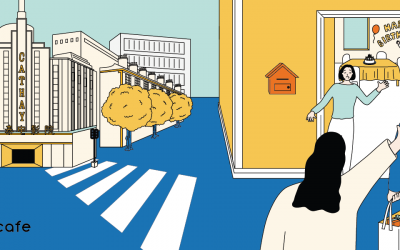Ace your HSK exam!
This week, let’s learn one of the most common structures in Chinese: the 被 bèi structure.
The bèi structure is:
O + 被+ S + V (+ result/change)
So the main difference from the regular Chinese sentence structure (S+V+O) is that you place the Objects before the Subject.
咖啡 (O) + 被 + 我 (S) + 喝 (V) + 完了 (Result/Change)
Kāfēi bèi wǒ hē wán le.
The coffee was finished by me
When to use it?
In fact, Chinese people use the bèi structure when they talk about something they don’t want to happen.
父母骂了他
Fùmǔ màle tā
Parents scolded him
OR
他被父母骂了
Tā bèi fùmǔ mà le
He was scolded by his parents
This structure resembles a passive voice in English. That might help you remember it.
Did you find these phrases useful?
Share your thoughts with us on social media!



